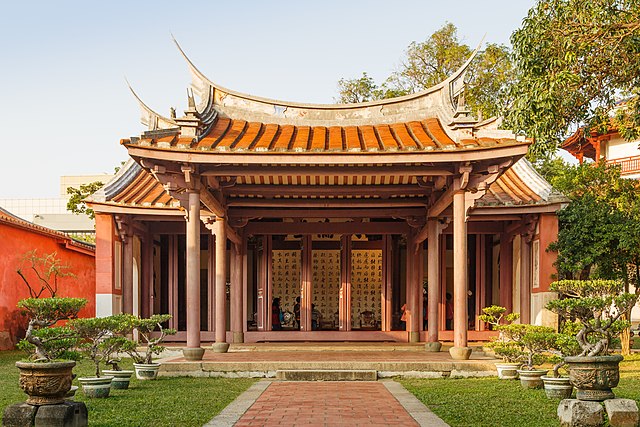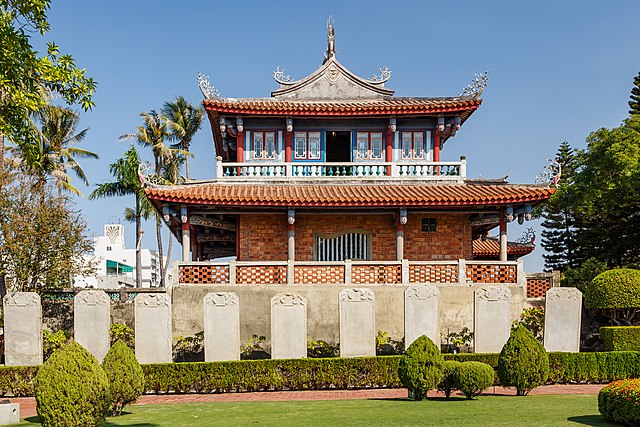Japanese invasion of Taiwan (1874)
The Japanese punitive expedition to Taiwan in 1874, referred to in Japan as the Taiwan Expedition and in Taiwan and Mainland China as the Mudan incident, was a punitive expedition launched by the Japanese ostensibly in retaliation for the murder of 54 Ryukyuan sailors by Paiwan aborigines near the southwestern tip of Taiwan in December 1871. In May 1874, the Imperial Japanese Army and Imperial Japanese Navy attacked the indigenous Taiwanese peoples in southern Taiwan and retreated in December after the Qing dynasty agreed to pay an indemnity of 500,000 taels, with Japan conceding that China had sovereignty over Taiwan. Some ambiguous wording in the agreed terms were later argued by Japan to be confirmation of Chinese renunciation of suzerainty over the Ryukyu Islands, paving the way for de facto Japanese incorporation of the Ryukyu in 1879.
Commander-in-chief Saigo (sitting at the center) pictured with leaders of the Seqalu tribe.
The Assault at Sekimon (石門進撃), May 22, 1874.
The Ryūjō was the flagship of the Taiwan expedition.
The battle of Stone Gate, against the "Botan" aborigines, was the most serious encounter of the expedition.
Taiwan, officially the Republic of China (ROC), is a country in East Asia.
It is located at the junction of the East and South China Seas in the northwestern Pacific Ocean, with the People's Republic of China (PRC) to the northwest, Japan to the northeast, and the Philippines to the south. The territories controlled by the ROC consist of 168 islands with a combined area of 36,193 square kilometres. The main island of Taiwan, also known as Formosa, has an area of 35,808 square kilometres, with mountain ranges dominating the eastern two-thirds and plains in the western third, where its highly urbanized population is concentrated. The capital, Taipei, forms along with New Taipei City and Keelung the largest metropolitan area. With around 23.9 million inhabitants, Taiwan is among the most densely populated countries.
2,300-year-old jade, unearthed at Beinan Cultural Park
Fort Zeelandia, built in 1634, was the governor's residence in Dutch Formosa.
Tainan Confucian Temple built in 1665 during the Kingdom of Tungning period
Chihkan Tower, originally built as Fort Provintia by the Dutch, was rebuilt under Qing rule.








